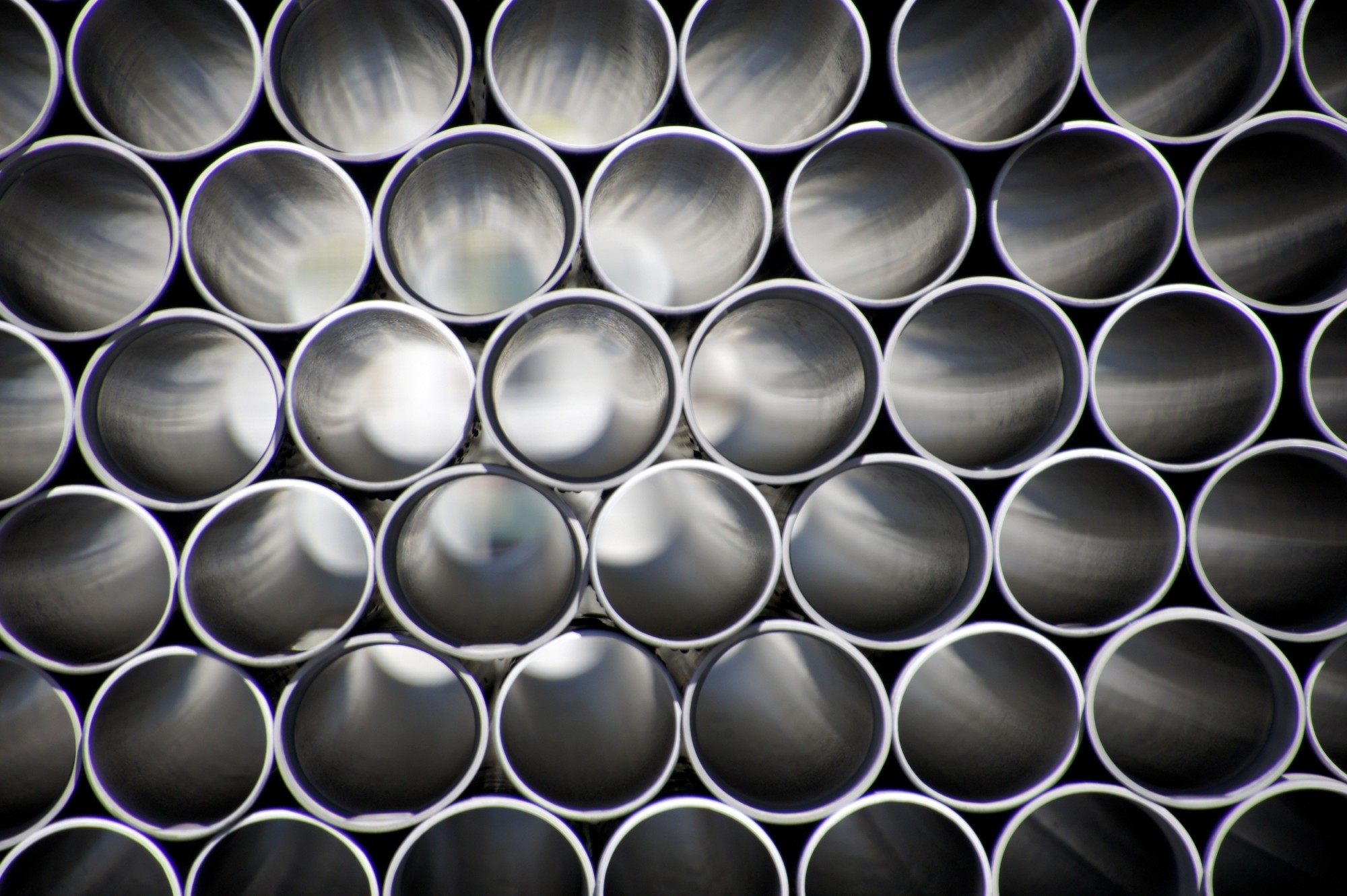Oct . 02, 2024 04:22 Back to list
PVC Pipe Size Specifications from Leading Manufacturers for Optimal Selection
Understanding PVC Pipe Dimensions A Guide for Manufacturers
Polyvinyl Chloride (PVC) pipes are among the most widely used materials in plumbing and construction due to their durability, lightweight properties, and resistance to corrosion. As a manufacturer, understanding the dimensions and specifications of PVC pipes is crucial for producing high-quality products that meet industry standards and customer needs.
PVC Pipe Dimensions Overview
PVC pipes are available in various diameters and wall thicknesses, tailored for different applications. The two primary measurement systems used are nominal pipe size (NPS) and outside diameter (OD). It's essential to note that the nominal size refers to the approximate size of the pipe, rather than its actual dimensions. For instance, a 2-inch PVC pipe has an actual OD of approximately 2.375 inches.
The wall thickness of PVC pipes is critical when determining the pressure ratings for different applications. Standard wall thicknesses vary based on the type of pipe — schedule 40 and schedule 80 being the most common. Schedule 40 pipes have thinner walls and are suitable for lower pressure applications, while schedule 80 pipes, with thicker walls, are designed for higher pressure environments.
Common PVC Pipe Sizes
PVC pipes come in a range of sizes to accommodate different plumbing needs
. Here are some common dimensions- 1/2-inch Pipe Often used for small plumbing projects, this pipe has an OD of 0.840 inches and a wall thickness of 0.109 inches (schedule 40). - 1-inch Pipe With an OD of 1.315 inches and a wall thickness of 0.133 inches (schedule 40), this pipe is suitable for residential applications. - 2-inch Pipe A popular size for both residential and industrial plumbing, this pipe features an OD of 2.375 inches and a wall thickness of 0.154 inches (schedule 40).
pvc pipe dimensions manufacturer

For larger projects, manufacturers may look at pipes up to 24 inches in diameter or more. It’s crucial to implement rigorous quality control measures to ensure that all dimensions adhere to established standards, such as those put forth by ASTM, ASME, and other relevant bodies.
Importance of Precision in Manufacturing
Manufacturers must prioritize precision in the production of PVC pipes. Even slight deviations in diameter or wall thickness can lead to significant issues during installation and operation, such as leaks or structural failures under pressure. Therefore, investing in advanced machinery and quality assurance processes is essential. Utilizing techniques such as computer numerical control (CNC) machining can enhance dimensional accuracy.
Moreover, different applications may require specific certification — such as NSF or ASTM compliance for potable water use — making it essential for manufacturers to adhere to strict guidelines during the manufacturing process.
Conclusion
The dimensions of PVC pipes play a critical role in their application and effectiveness in various industrial and residential contexts. As a manufacturer, understanding these dimensions, maintaining precision in production, and adhering to industry standards are key to delivering high-quality products that meet customer expectations. In doing so, manufacturers can support the global demand for reliable piping solutions while ensuring safety and efficiency in their applications.
Investing time in understanding the intricacies of PVC pipe dimensions will ultimately benefit manufacturers, contractors, and end-users in the long run, fostering a reliable and effective infrastructure.
-
High-Quality PVC Borehole Pipes Durable & Versatile Pipe Solutions
NewsJul.08,2025
-
High-Quality PVC Perforated Pipes for Efficient Drainage Leading Manufacturers & Factories
NewsJul.08,2025
-
High-Quality PVC Borehole Pipes Durable Pipe Solutions by Leading Manufacturer
NewsJul.08,2025
-
High-Quality PVC Borehole Pipes Reliable PVC Pipe Manufacturer Solutions
NewsJul.07,2025
-
High-Quality UPVC Drain Pipes Durable HDPE & Drain Pipe Solutions
NewsJul.07,2025
-
High-Quality Conduit Pipes & HDPE Conduit Fittings Manufacturer Reliable Factory Supply
NewsJul.06,2025

